SLANT by Aaron Schuman
アメリカ人フォトグラファー、アーロン・シューマン(Aaron Schuman)の作品集。ある日の作者のように、ニューイングランド地方の小さな街、マサチューセッツ州アムハーストで地元紙を開いてみれば「捜査報告」のコーナーが目に入ってくるだろう。この地域で前の週に起きた犯罪、怪しい出来事、実際には起こらなかったことを簡潔にまとめた話は、どれもびっくりするほど期待外れな結末で終わる。狙っている訳ではないが感情の欠片も感じさせないこの文体を受け、2014年から2018年の間に出た捜査報告の切り抜きと、2016年から2018年にかけてアムハーストより30マイル以内で撮影した静かな皮肉を湛えた写真を取り混ぜて本作は制作された。自分自身が幼少期を過ごしたいくつかの小さな町を心から懐かしみつつ、ユーモアを込めて表現しようとしたところから始まった本作だが、2016年の選挙に続いてアメリカを襲った「フェイクニュース(Fake News)」や「もう一つの事実(Alternative Facts)」、「ポスト真実の政治(Post-truth Politics)」と偏執病(パラノイア)を背景に、作者の撮るイメージにも時代の不安な空気が立ち込めていった。しかし、もともとイメージとテキストの意外な組み合わせを通じて何か不吉なことでも起こりそうな居心地の悪さを感じさせるのが得意な作家であり、本書内での写真とテキストの間に作りだされた関係性は、語の中の最後の子音に置かれた子音韻を指す「半韻(slant rhyme)」からインスピレーションを得ている。半韻を作品にしばしば使用したことで知られる19世紀アメリカの詩人エミリー・ディキンソン(Emily Dickinson)も偶然アムハーストで活動していたという。この押韻のパターンでは「よく似ているが完全に同じではない音が互いに対応し、しばしば母音や子音の一致が使われる。一般的に半韻は詩の中で変化や調子はずれな効果を出すために使われる。」という。現代アメリカの風景と体験、精神を一皮むくと、何か奇妙で非現実的で不協和でそしてますます不穏な気配が渦巻いている- そんな側面に対し、詩の手法をアプロプリエーションとして写真に取り入れた本作は、より広い観点から考察されている。
If you opened the local newspaper in the small New England town of Amherst, Massachusetts, as Aaron Schuman did one day, you might find a section entitled ‘Police Reports’ – succinct and extraordinarily anticlimactic accounts of crimes, suspicious activities, events and non-events reported in the area during the previous week. In SLANT, Schuman interweaves a selection of these clippings published between 2014-2018, with quietly wry photographs he made within a thirty-mile radius of Amherst from 2016-18, in response to their unintentionally deadpan descriptions. What began as a genuinely affectionate, tongue-in-cheek take on the small towns where Schuman spent his childhood steadily came to reflect the disquieting rise of “fake news”, “alternative facts”, “post-truth” politics and paranoia in America following the 2016 election. Schuman’s subtly offbeat combination of images and words, however, was always inclined to create a foreboding sense of unease. In SLANT, the relationship that has been constructed between photography and text takes its inspiration from a poetic scheme called ‘slant rhyme’, notably espoused by the 19th-century poet Emily Dickinson, who also happened to live and write in Amherst. In such a rhyming scheme, “there is a close but not exact correspondence of sounds, often using assonance or consonance; generally it is used in poetry to give variations and an inharmonious feeling.” Appropriating this literary device, SLANT serves as a wider reflection upon something strange, surreal, dissonant and increasingly sinister stirring beneath the surface of the contemporary American landscape, experience, and psyche.
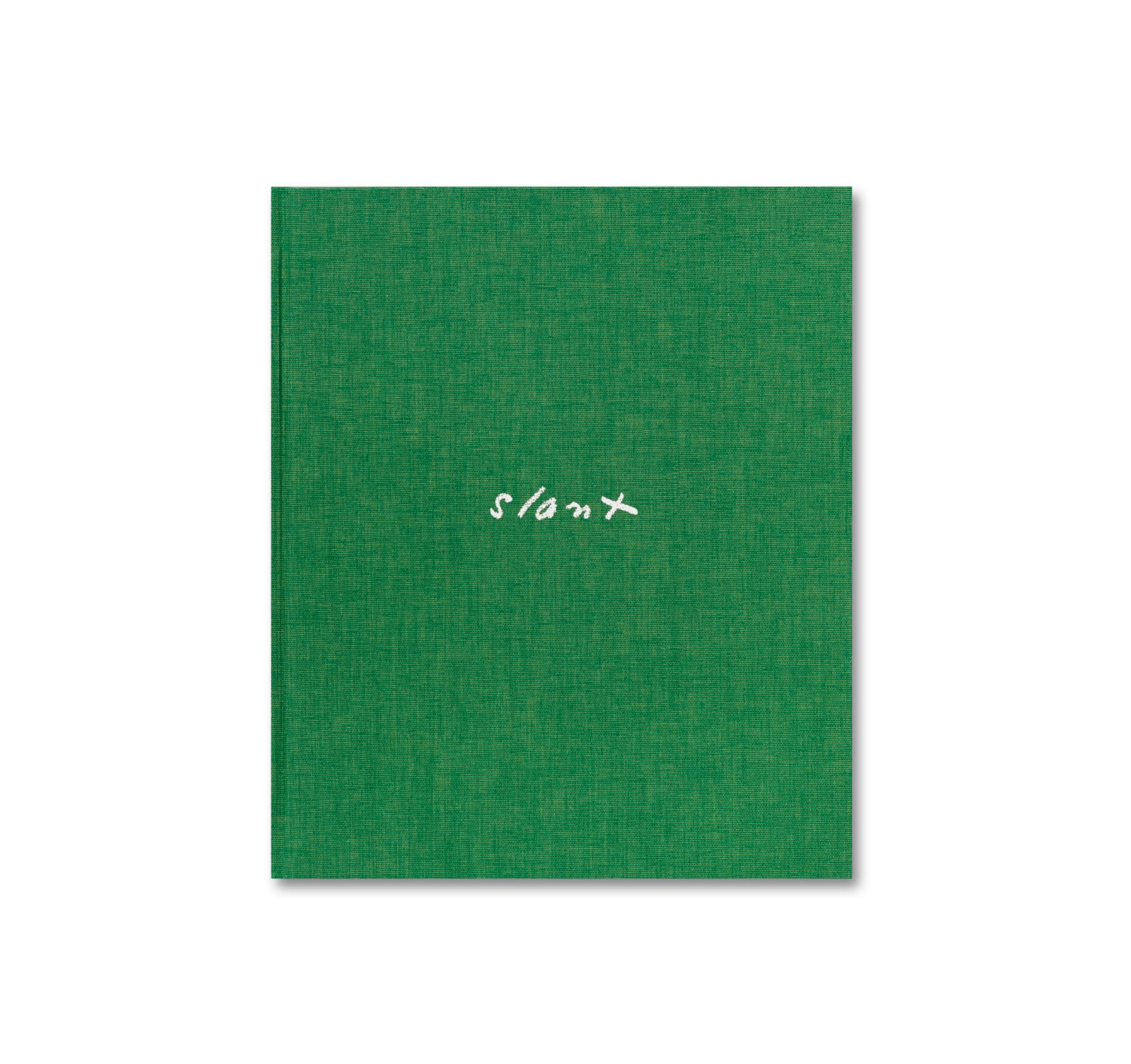
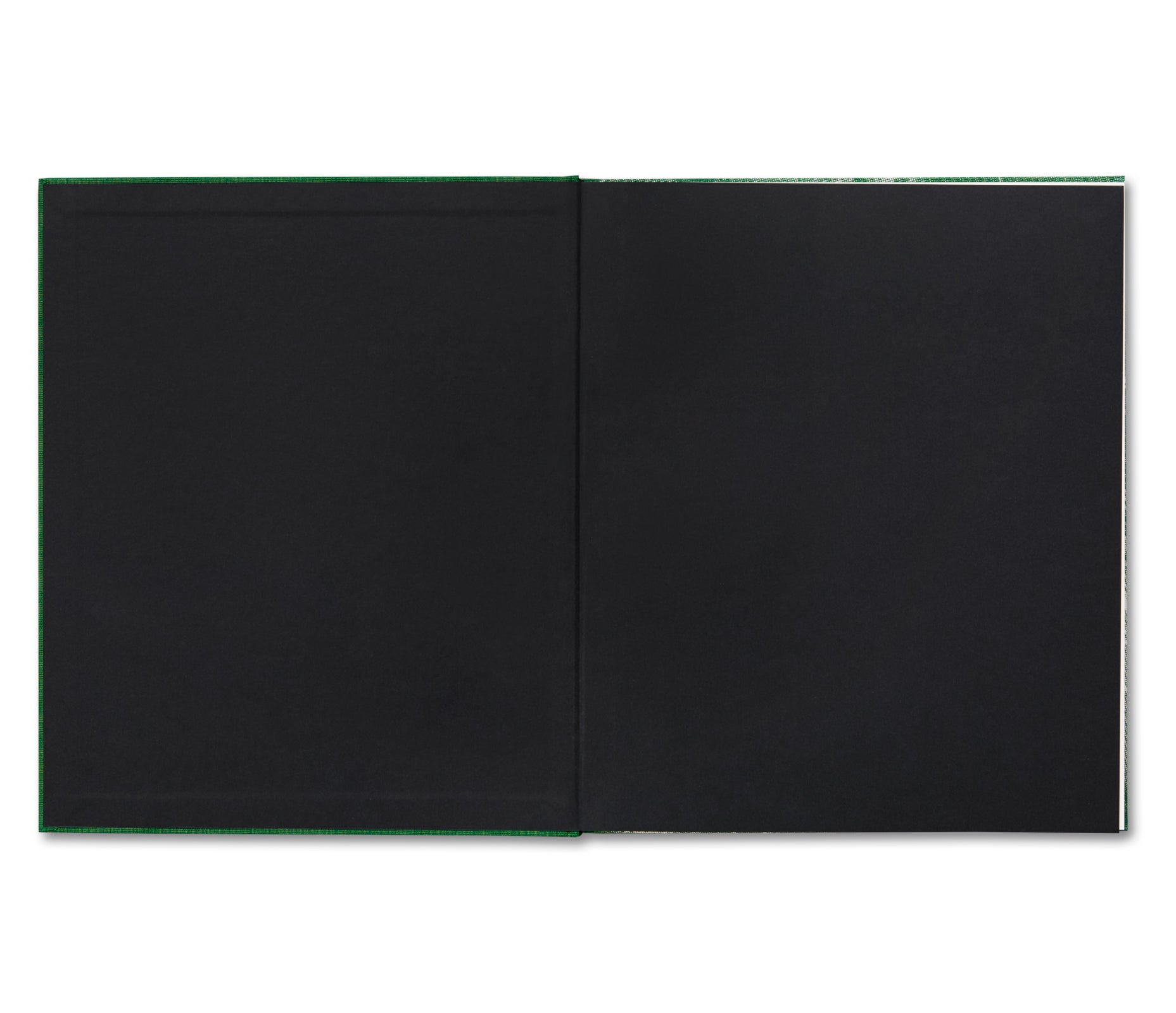
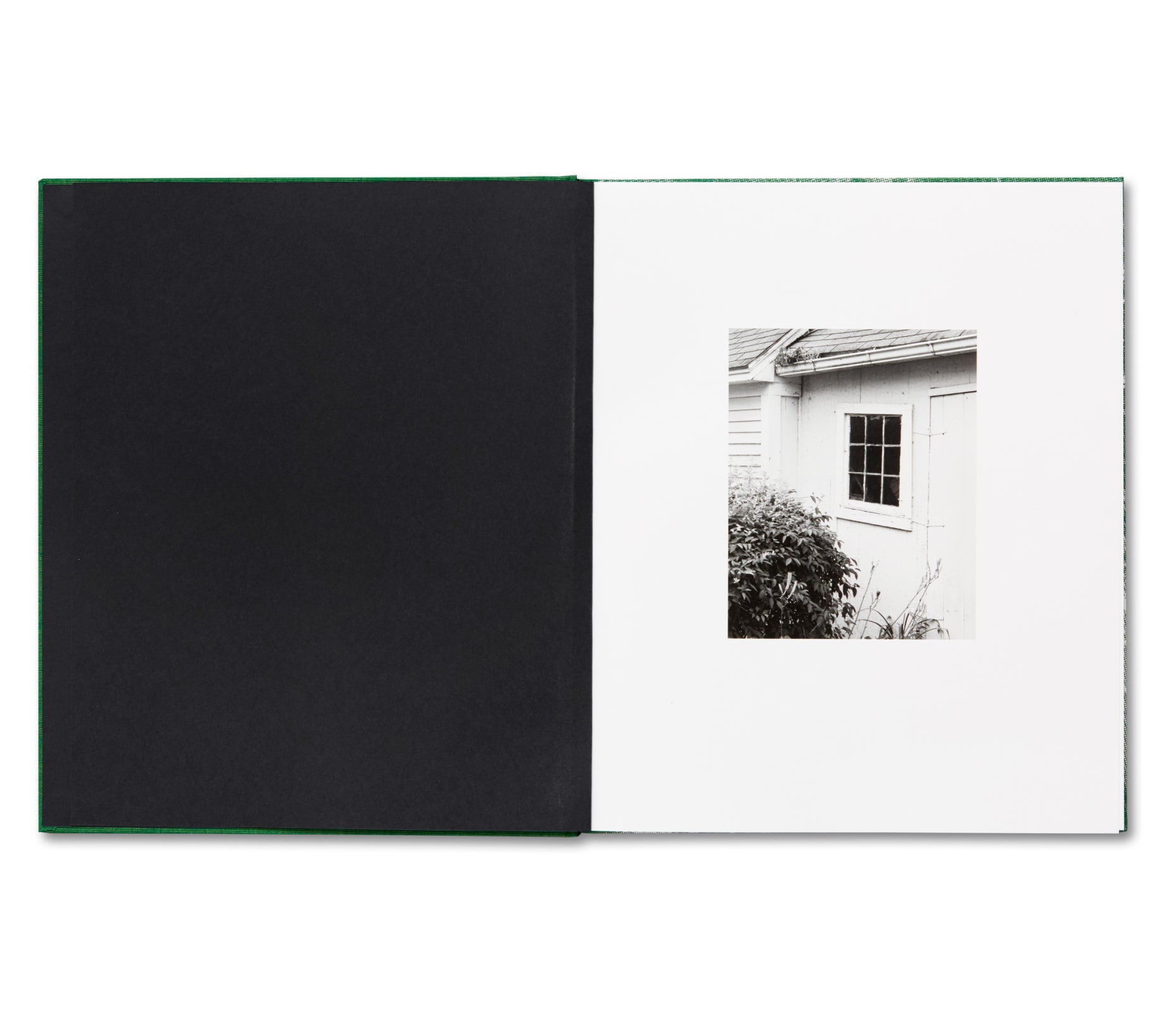
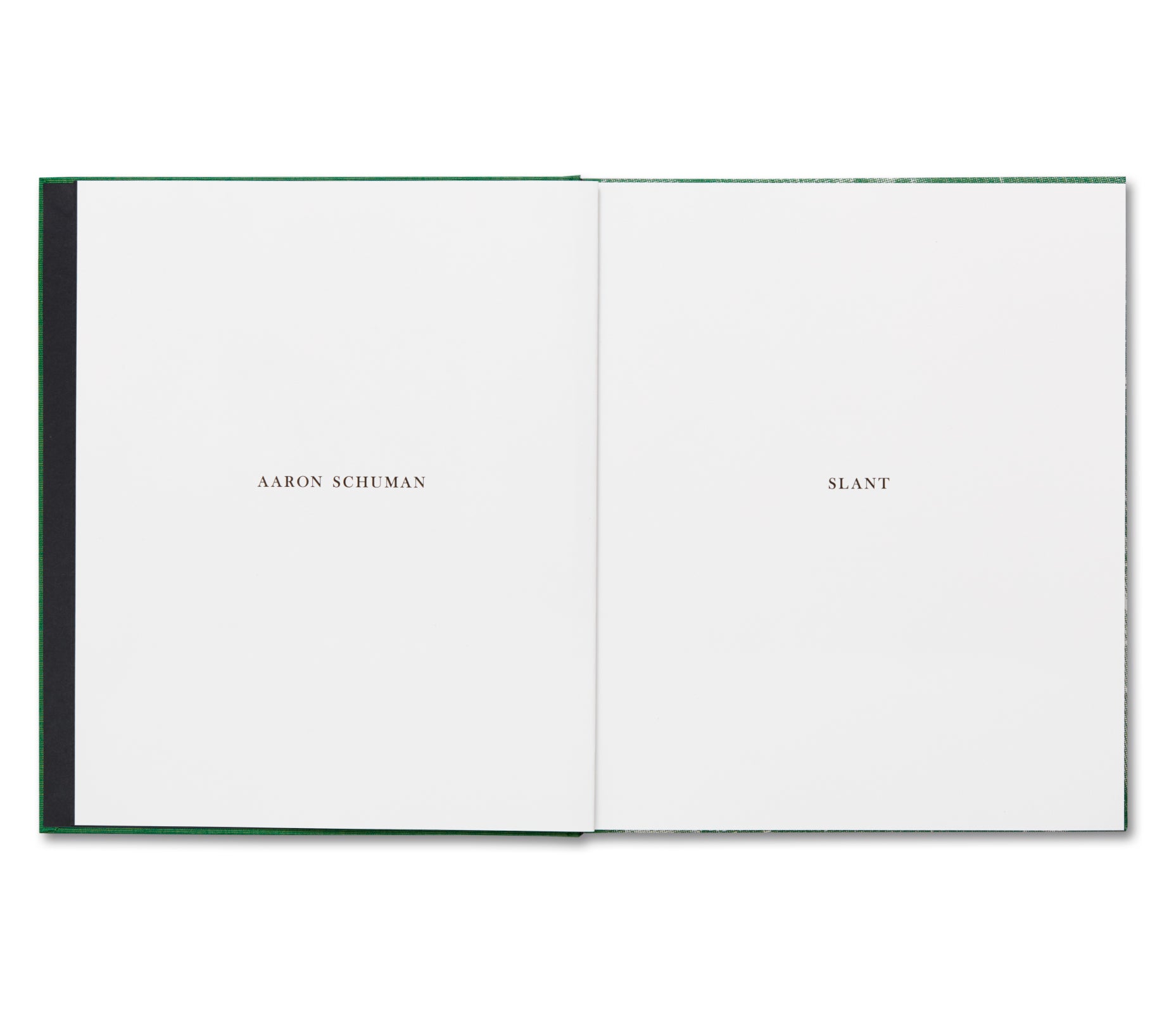

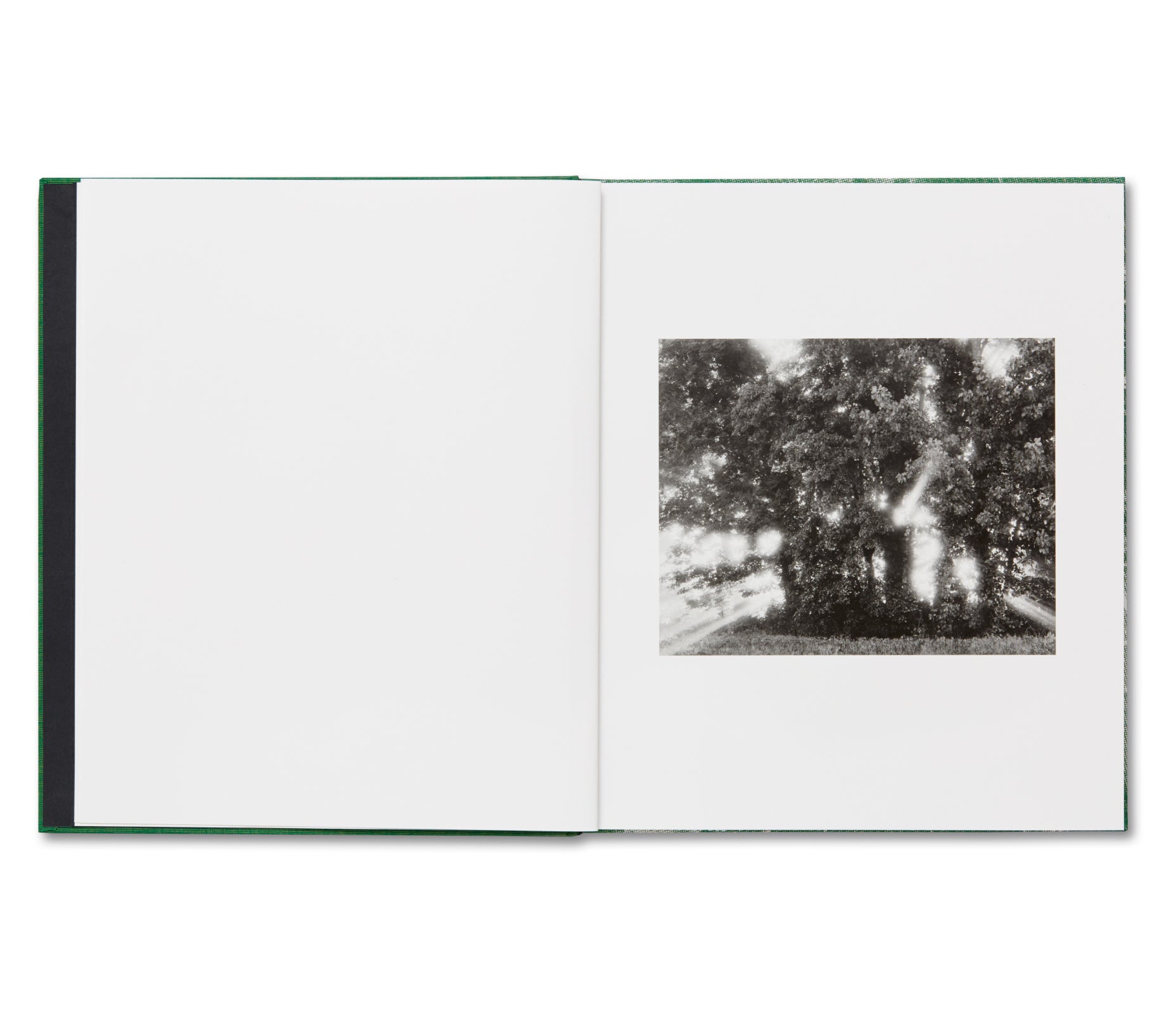

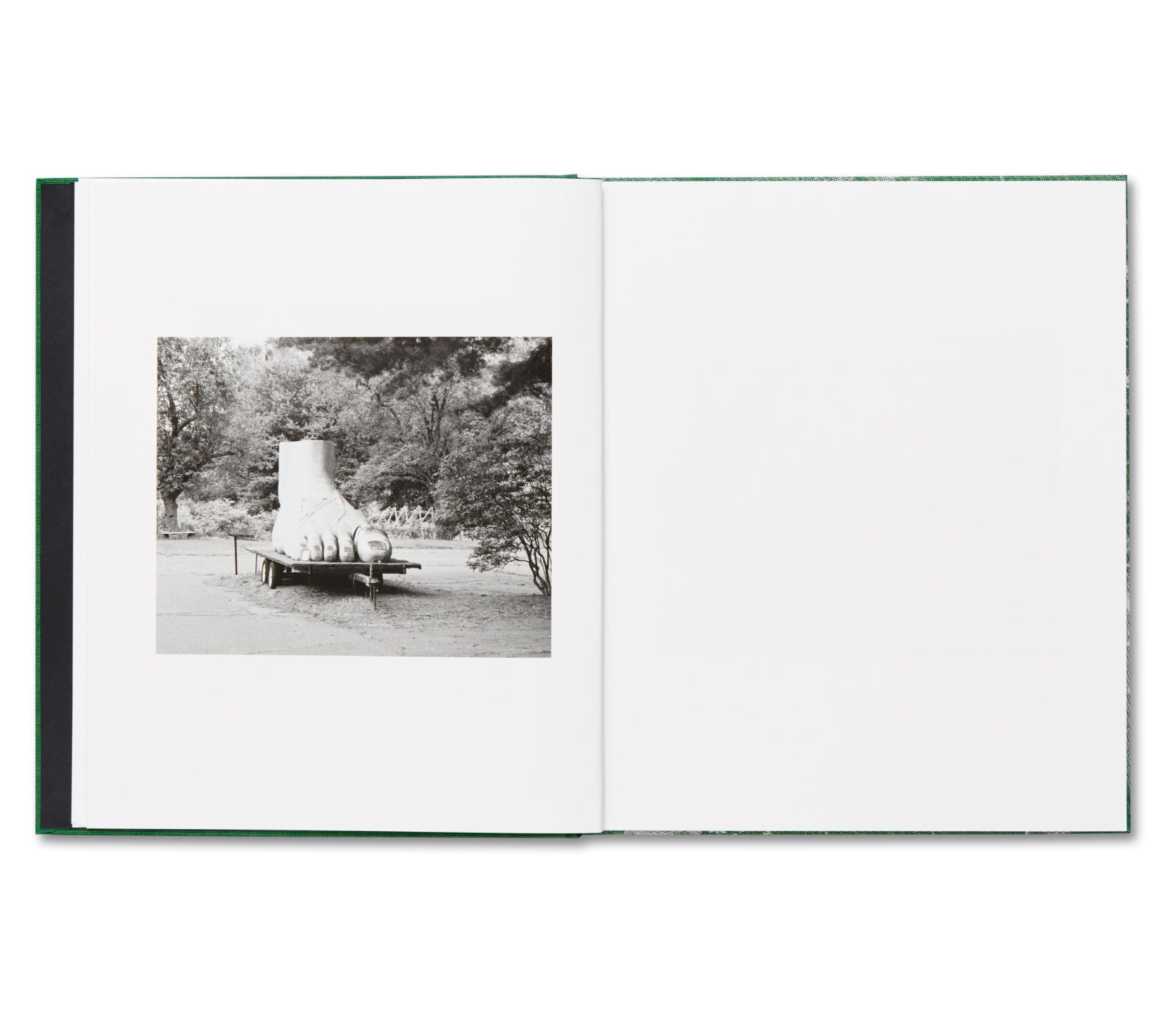
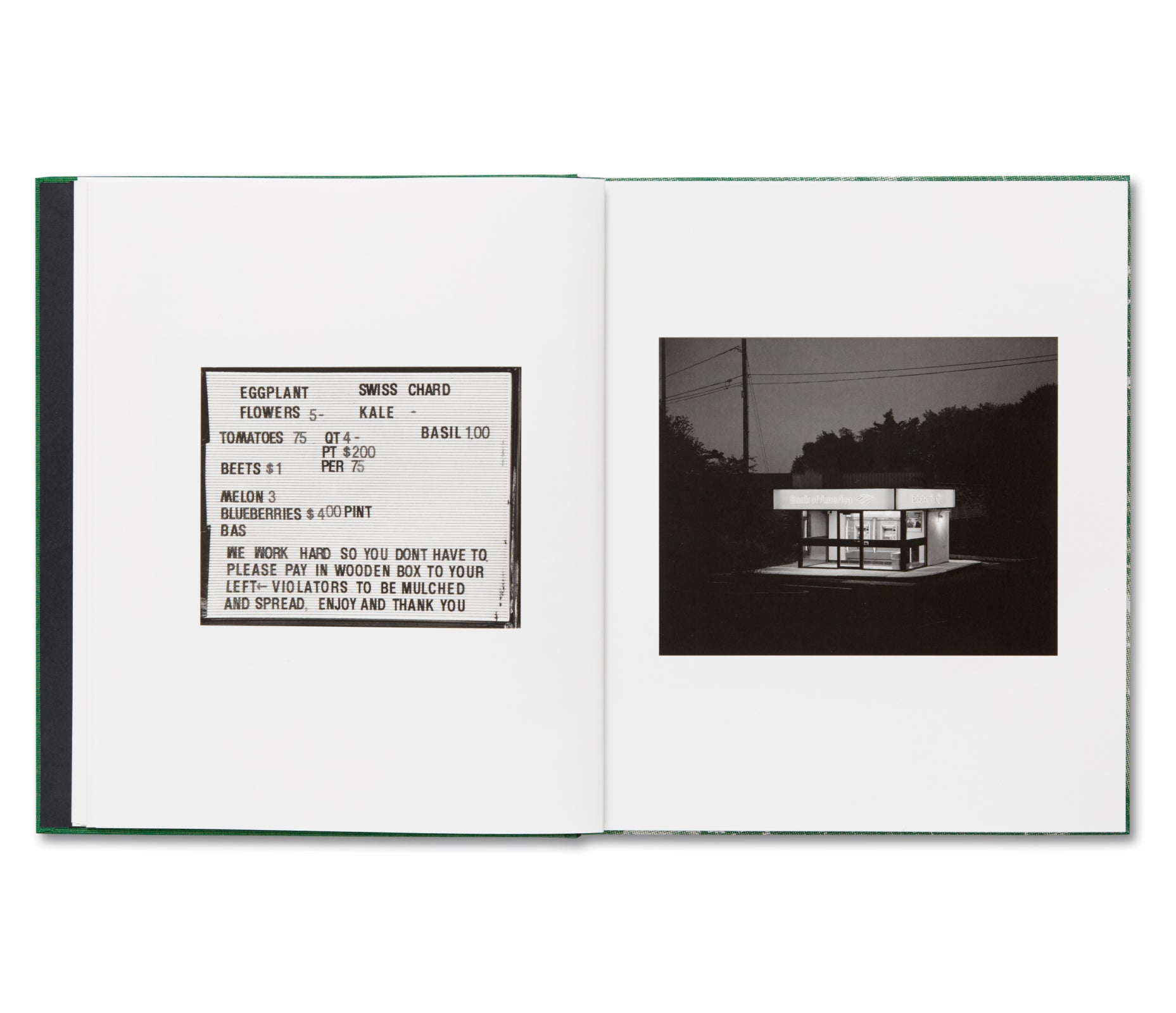
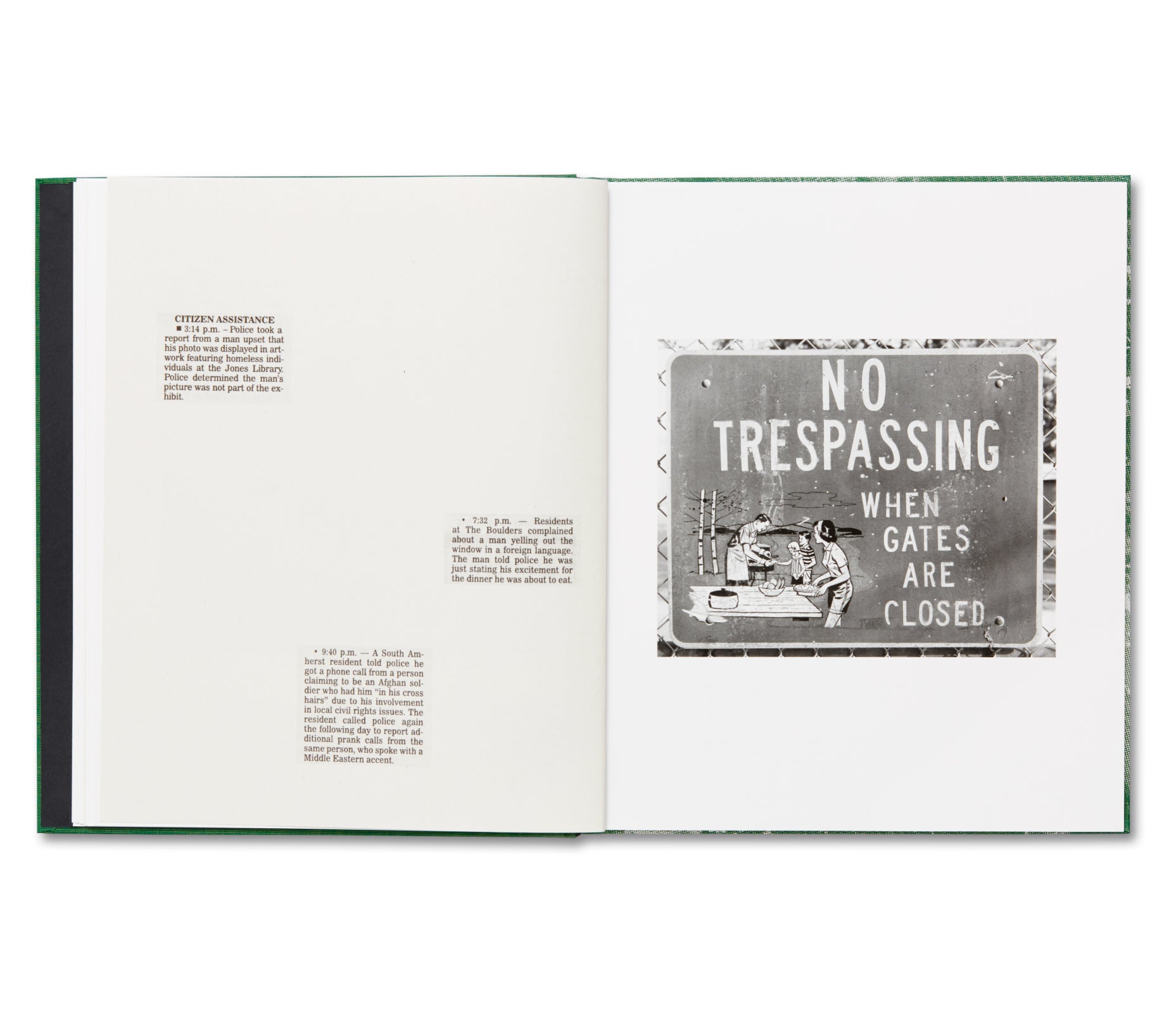

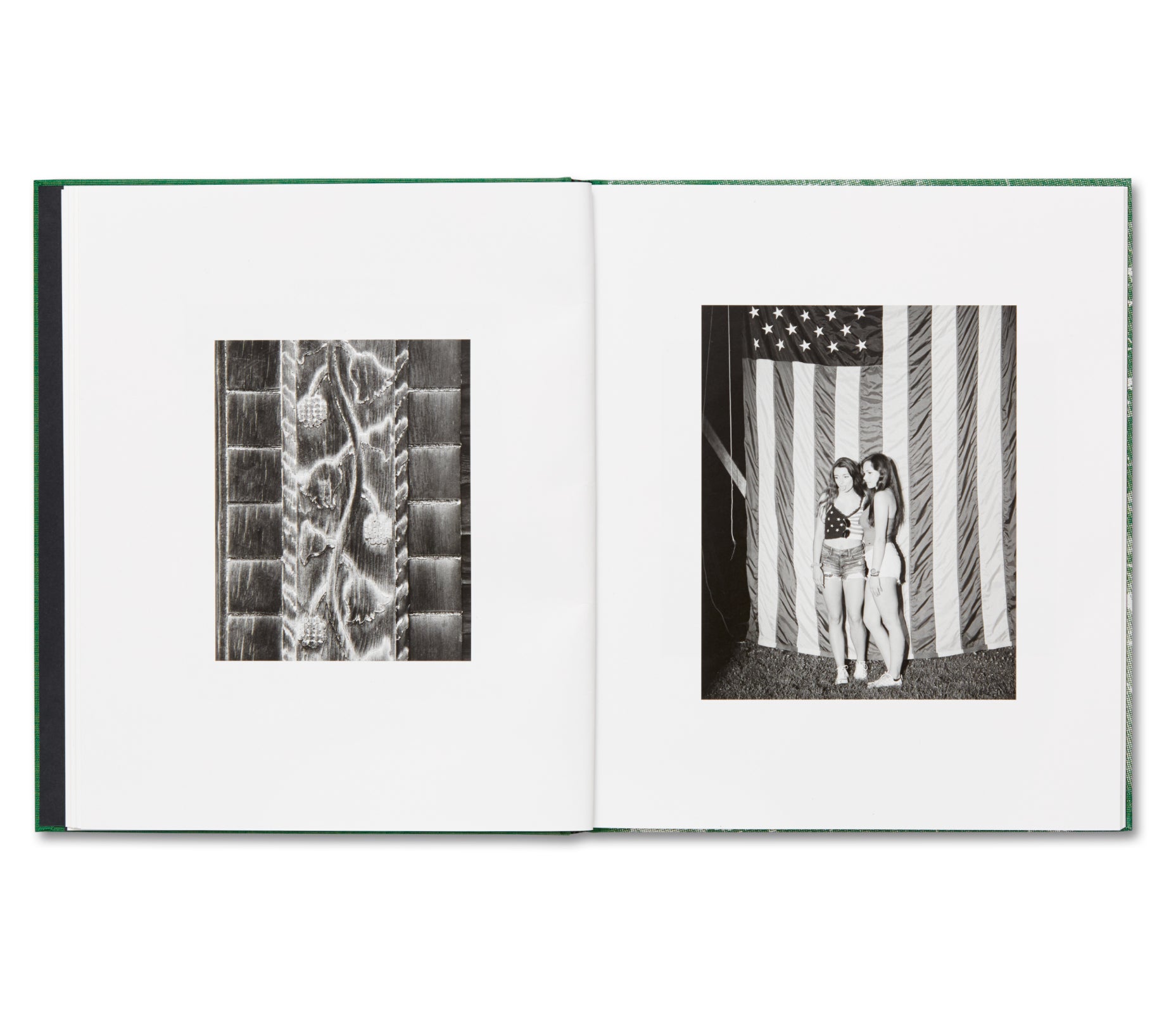
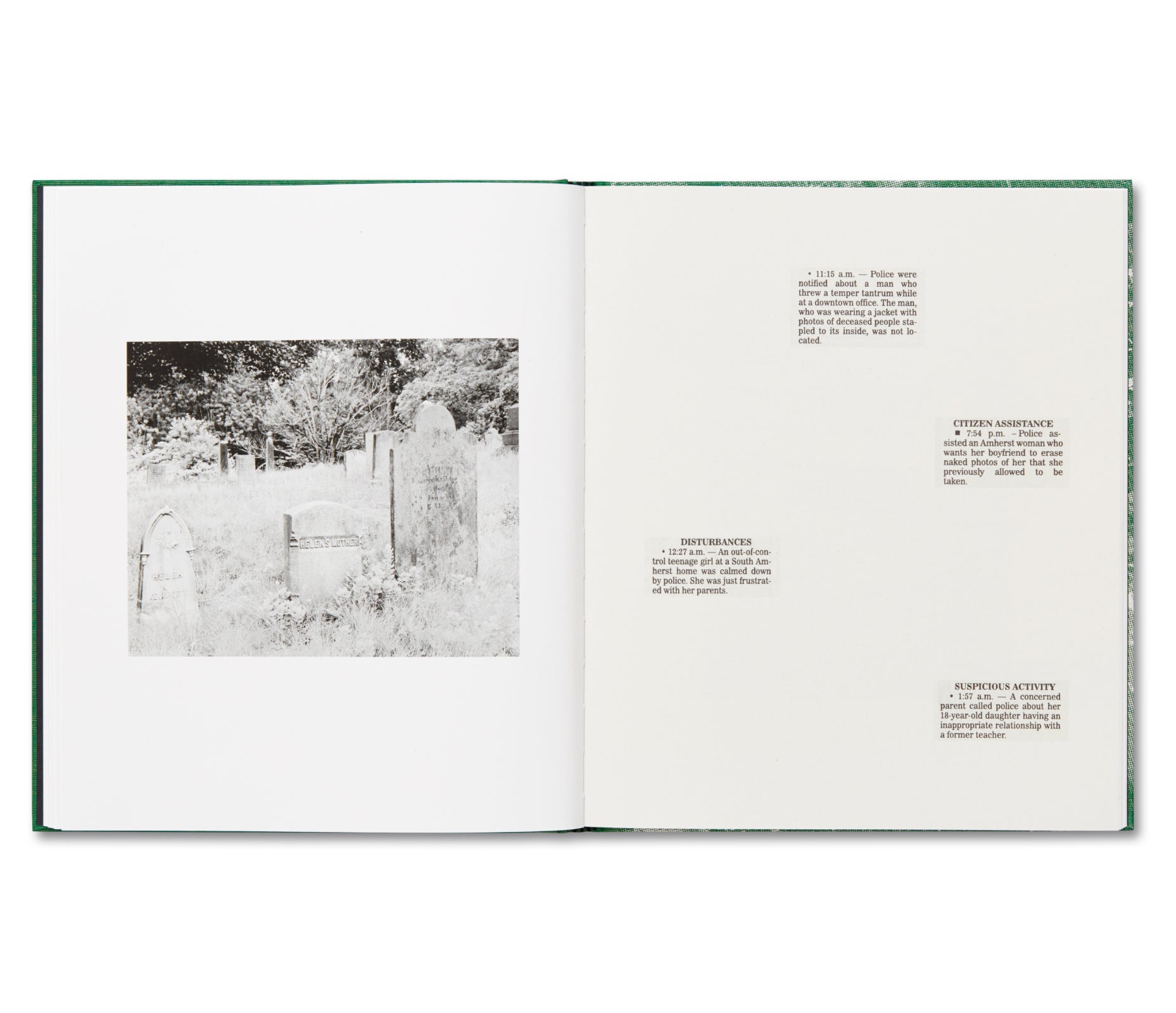

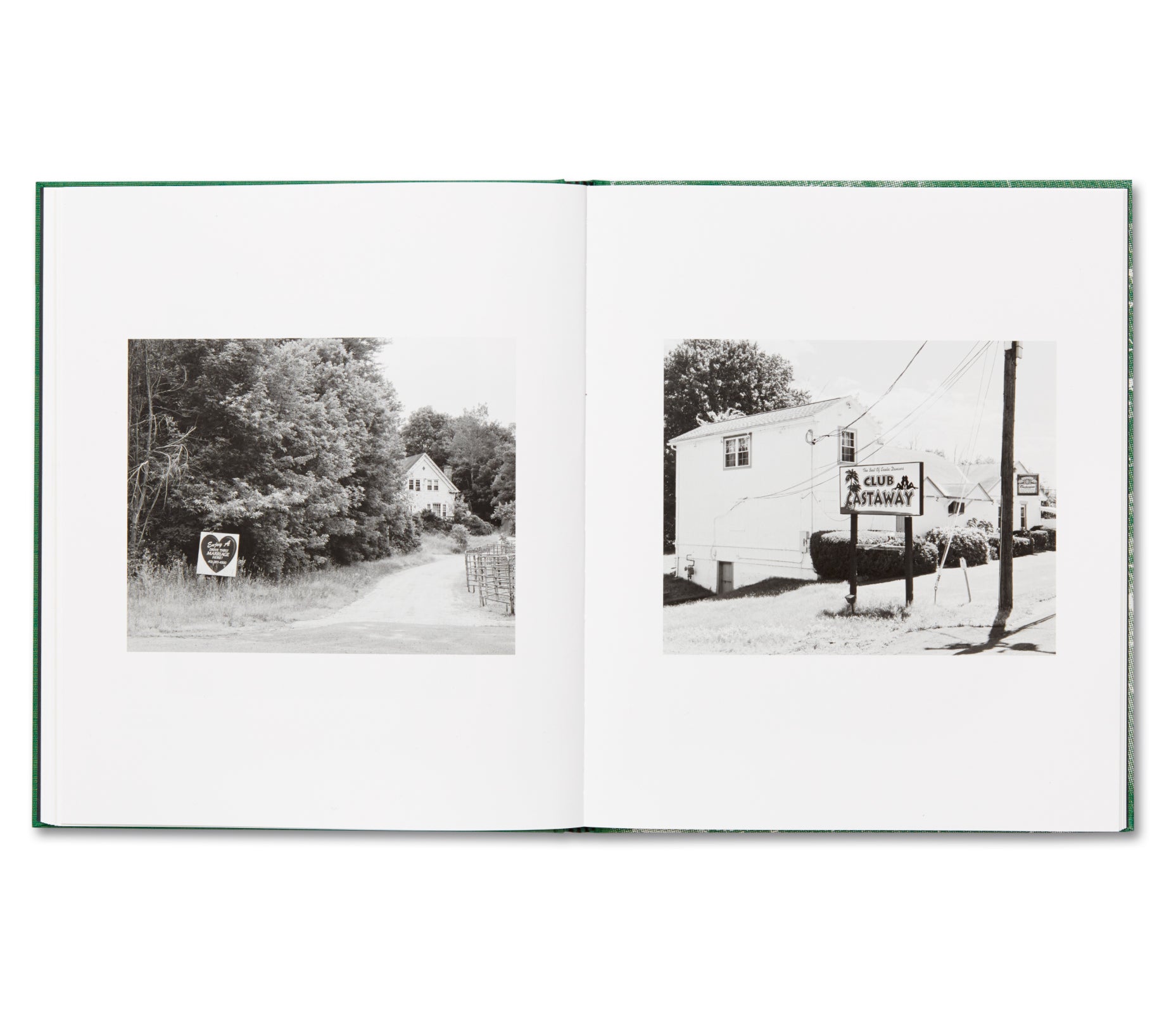
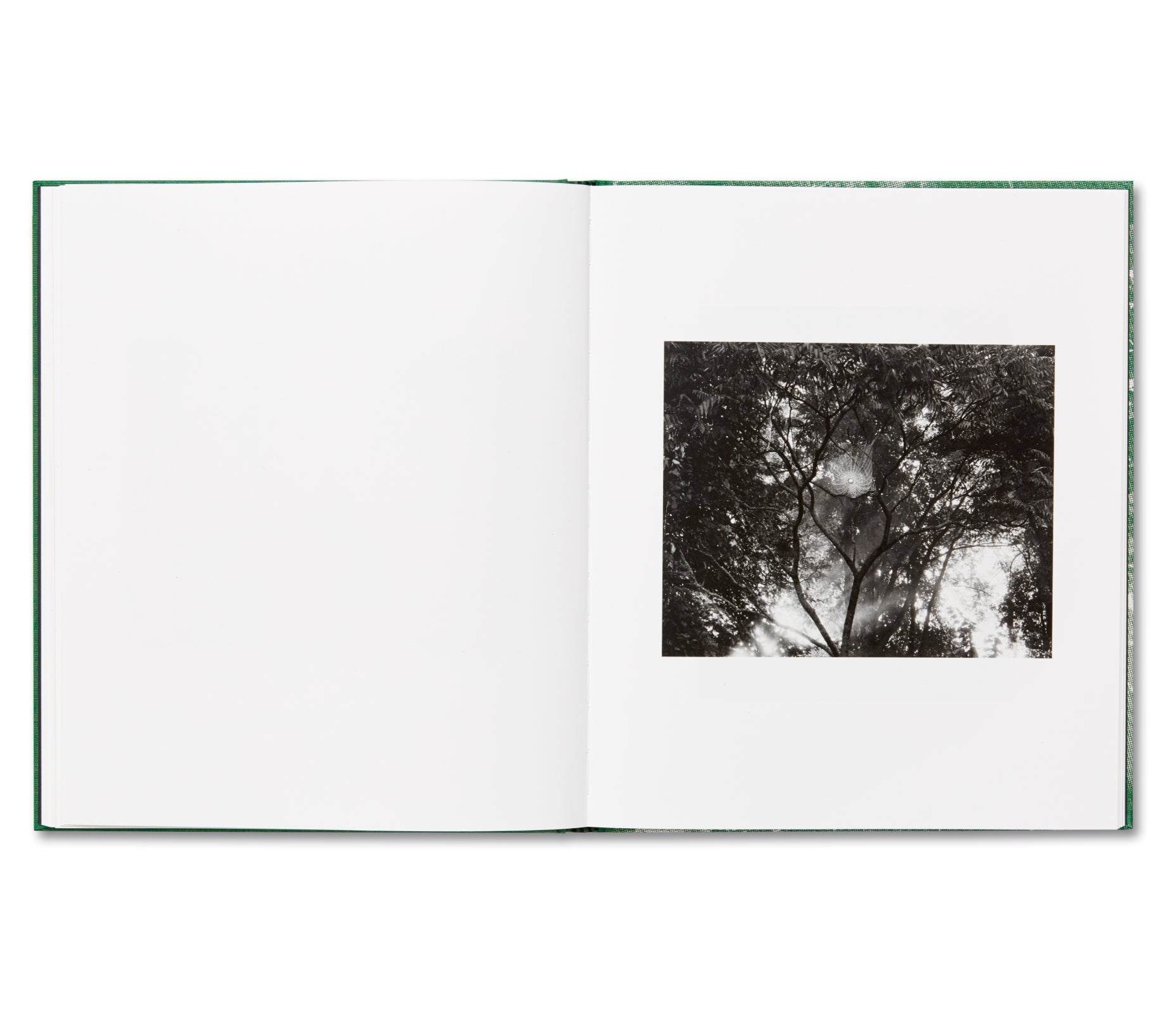
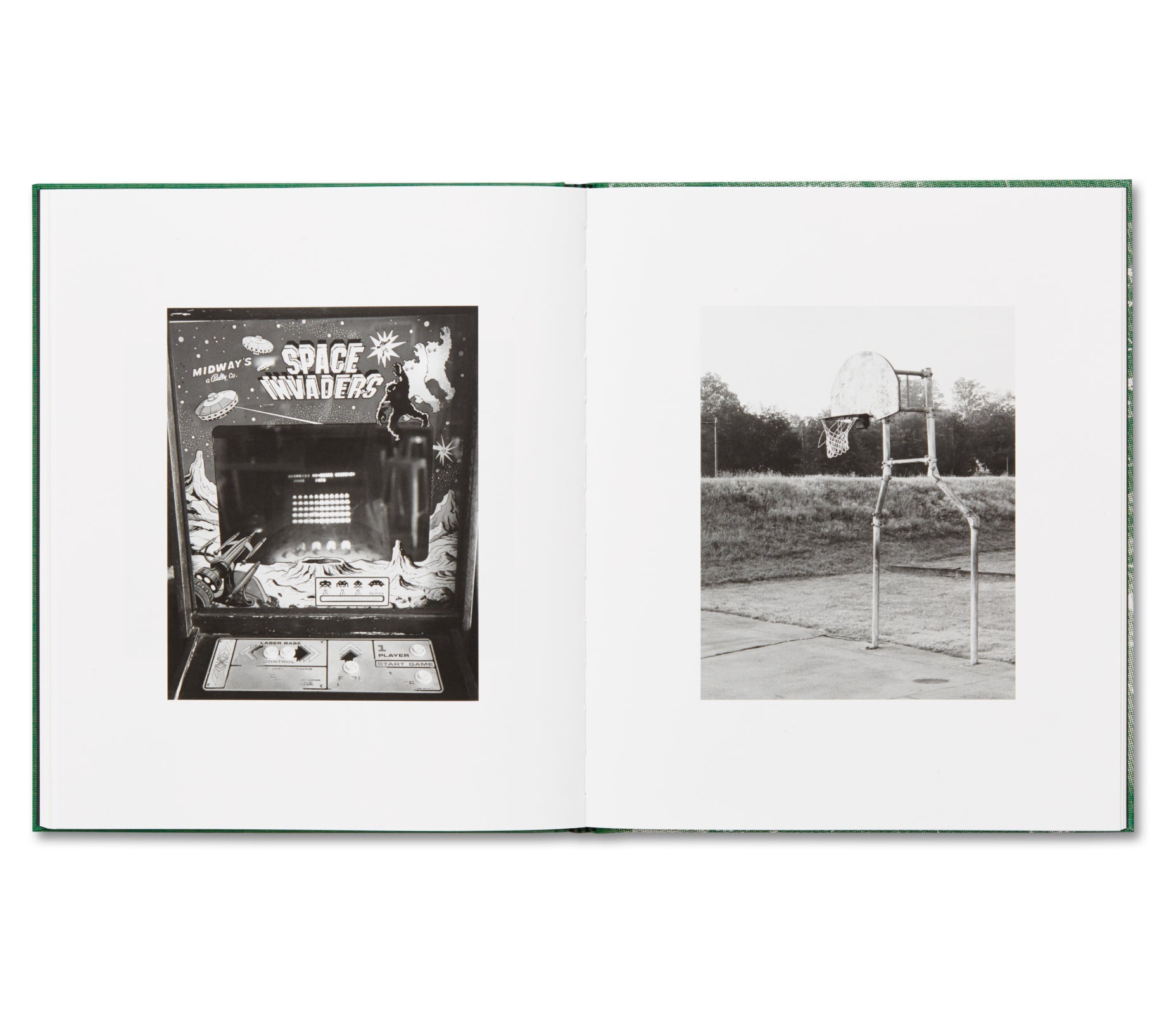
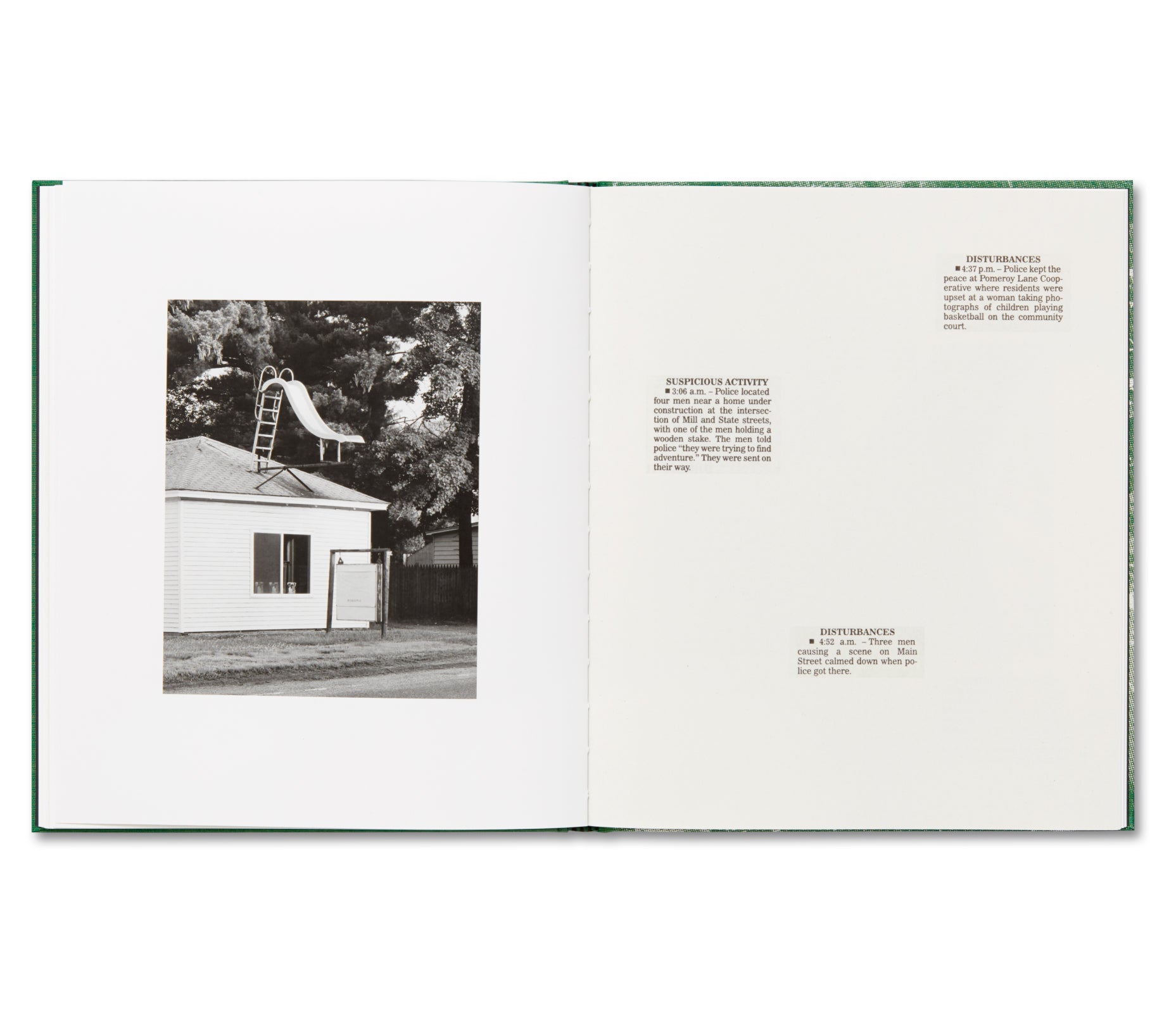
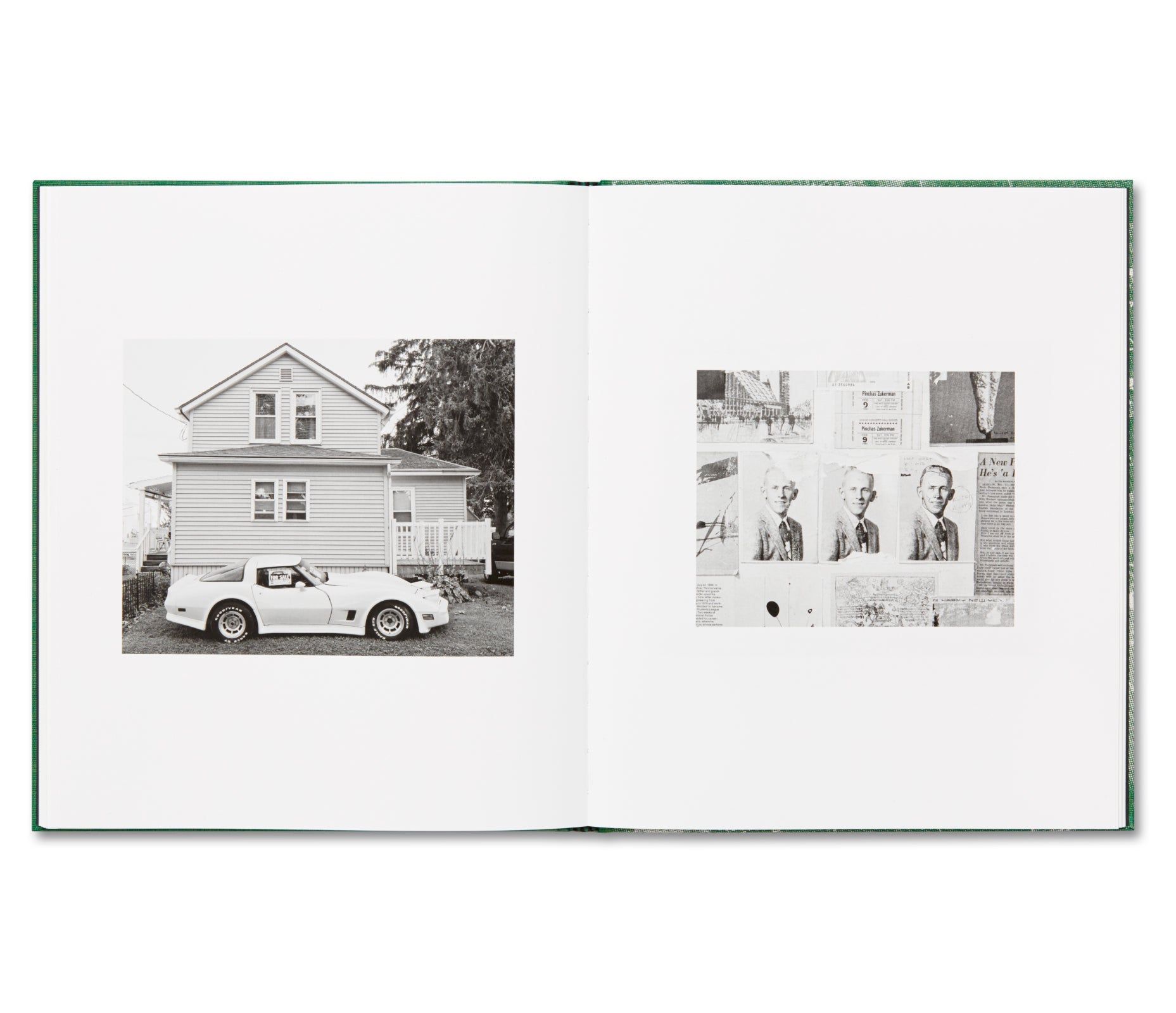
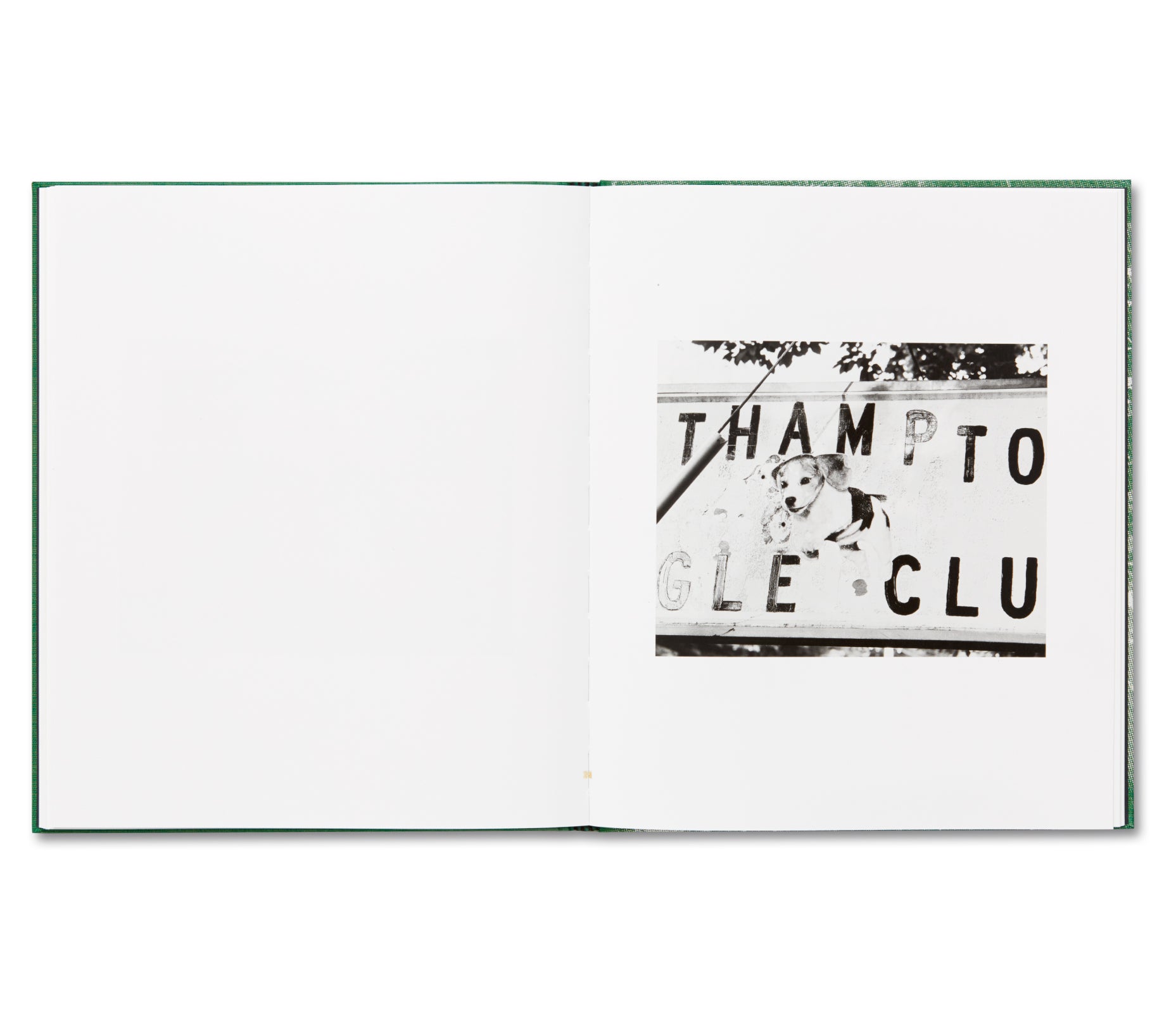

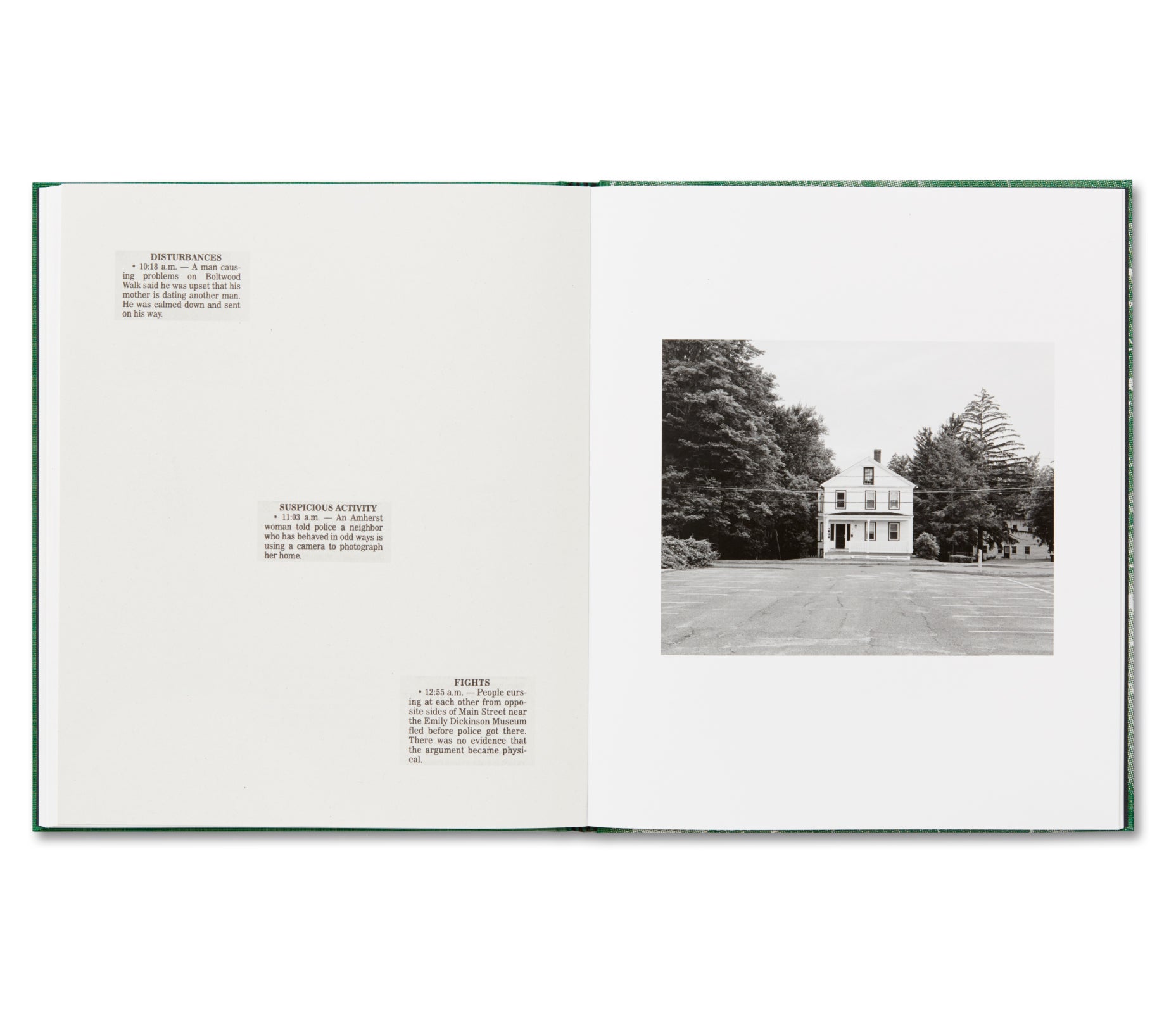

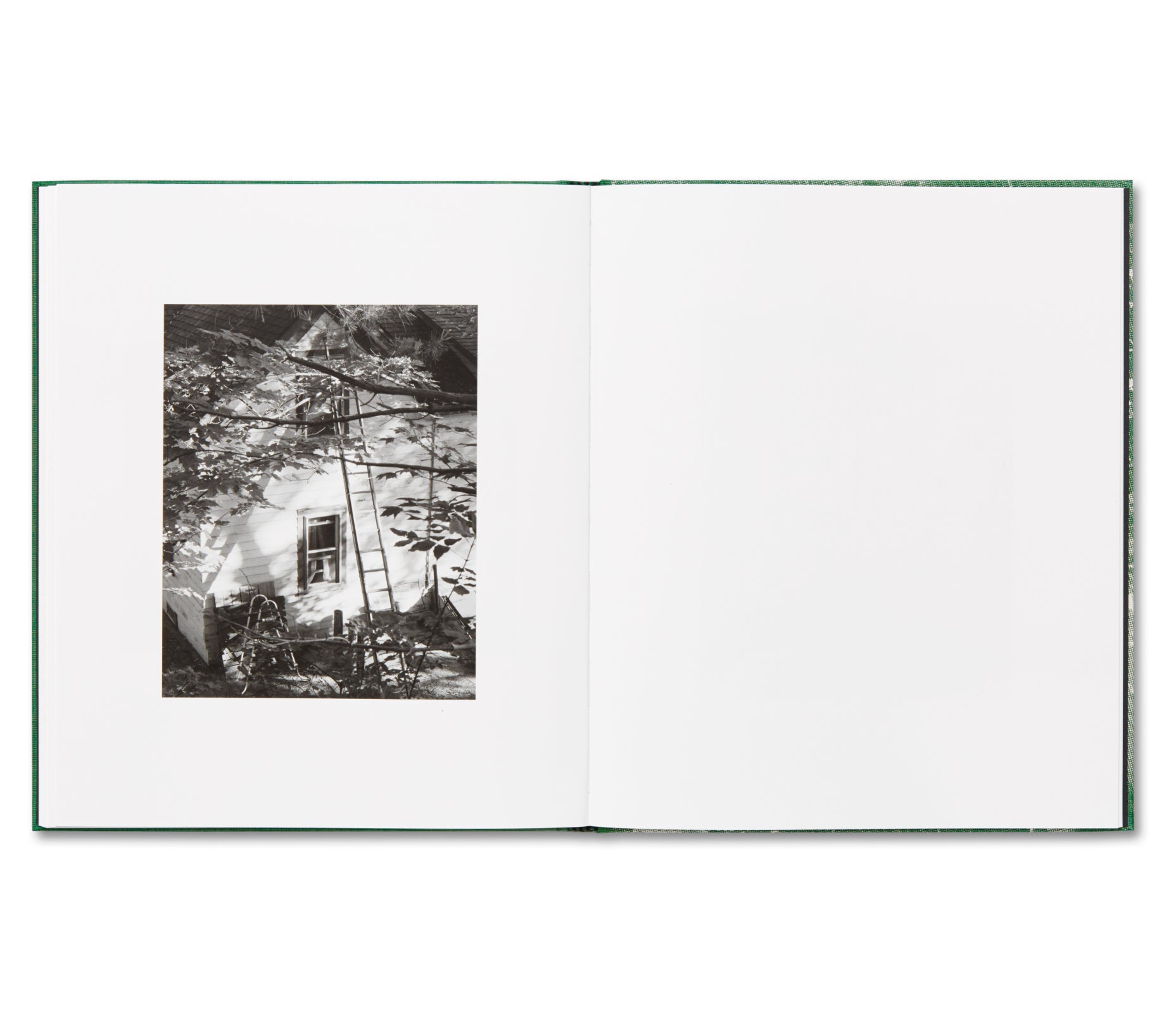


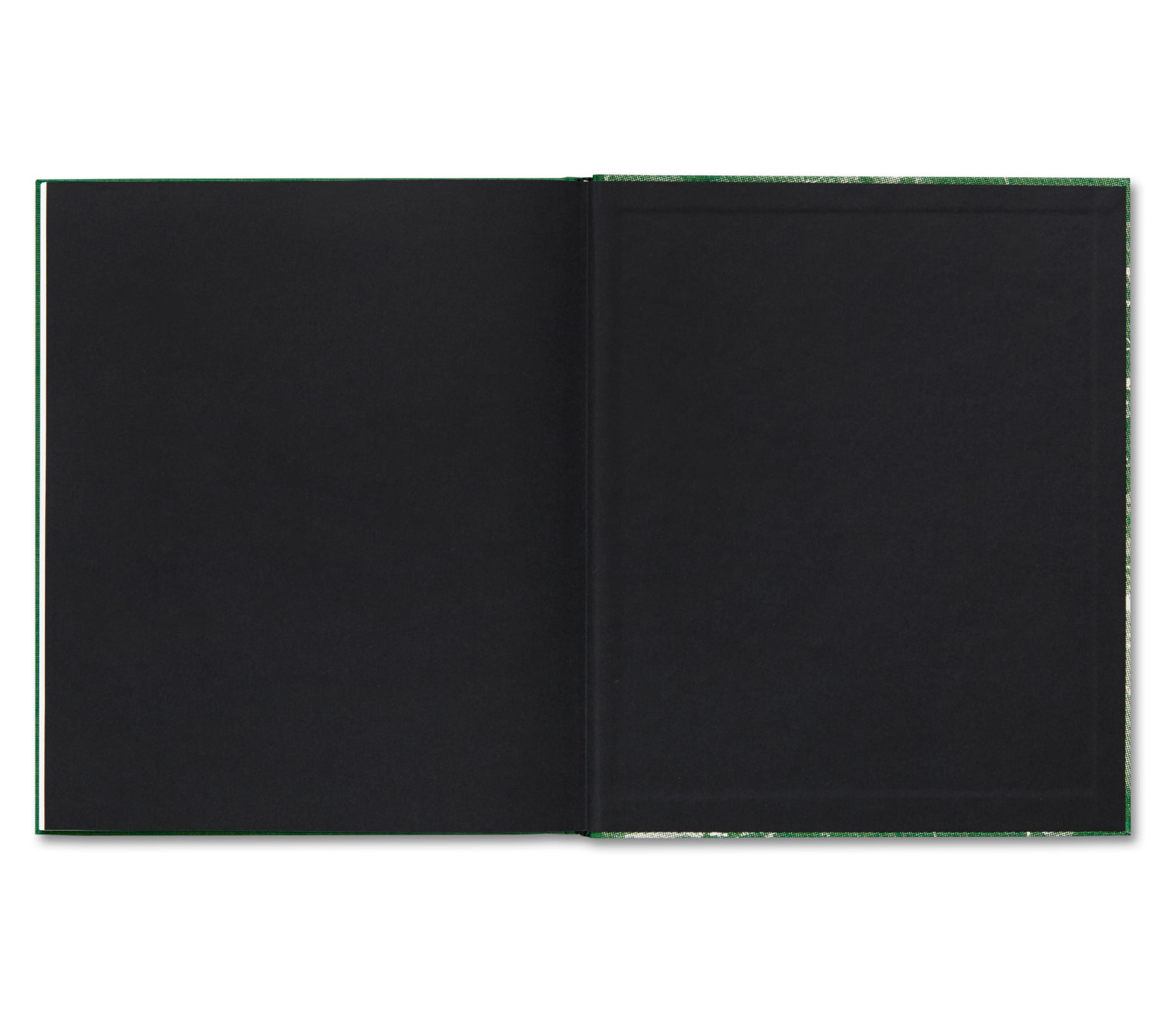
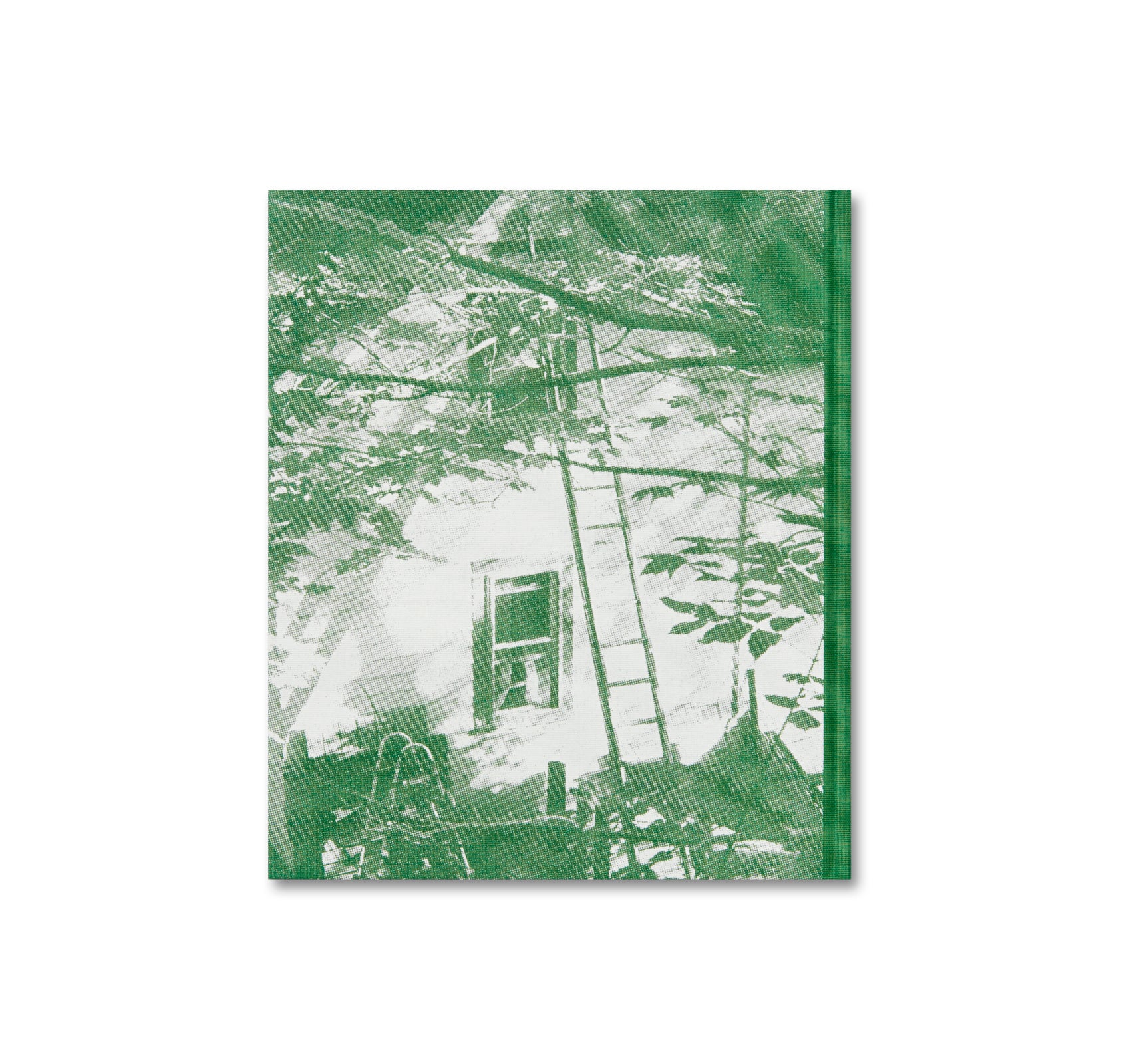
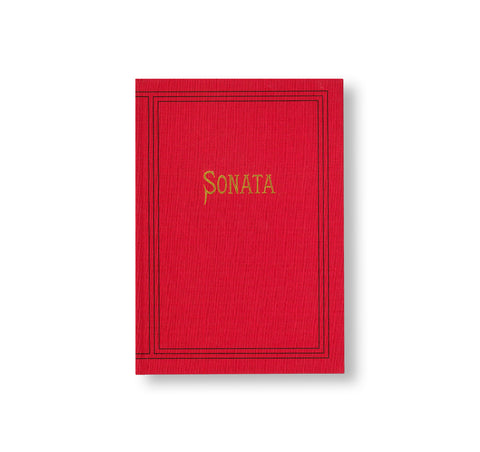
![FOLK by Aaron Schuman [SIGNED]](http://twelve-books.com/cdn/shop/products/170308_03526_large.jpg?v=1571703901)